Les Danaïdes, from "Le Temple des Muses"
Black and white etching on wire rod paper, representing the myth of the Danaids, " condemned to fill bored vessels with water". Plate with fresh impression, from the volume “ Le Temple des Muses ”, published in Amsterdam in 1742 by Zacharias Chatelain.
Bernard Picart (Paris, 1673 – Amsterdam, 1733), French engraver best known for his book-illustrations, including the Bible and Ovid. His most famous work is Cérémonies et coutumes religieuses de tous les peuples du monde , published from 1723 to 1743.
Black and white etching on wire rod paper, representing the myth of the Danaids, " condemned to fill bored vessels with water".
Plate with fresh impression, from the volume “ Le Temple des Muses ”, published in Amsterdam in 1742 by Zacharias Chatelain. Capture (under the image) and author inscribed: " B. Picart del. 1730" engraved under the frame, on the lower left margin. In very good conditions, except for a usual yellowing of the margins and a minor stain on the left margin.
This was an illustrated book of Ovid's most popular fables published in 1733 in Dutch ( Tempel der Zanggodinnen ), in 1738 in English, and in 1742 in French by Zacharias Chatelain. The engravings had captions in four languages: French, English, German, and Dutch.
The wonderful sixty plates engraved by Bernard Picart were a sort of fashionable mythological compendium , useful in the eighteenth century, when the fascination with Greek and Roman antiquity followed the systematic excavation of the ruins at Pompeii and Herculaneum in southern Italy; and after 1750, the Neoclassical style dominated all artistic fields.
Bernard Picart (Paris, 1673 – Amsterdam, 1733), French engraver best known for his book-illustrations, including the Bible and Ovid. His most famous work is Cérémonies et coutumes religieuses de tous les peuples du monde , published from 1723 to 1743 and was defined: "an immense effort to record the religious rituals and beliefs of the world in all their diversity as objectively and authentically as possible " by Jonathan I. Israel.



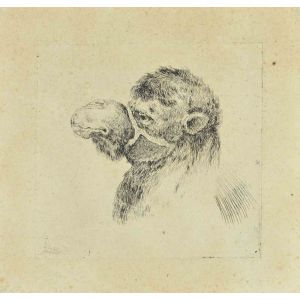
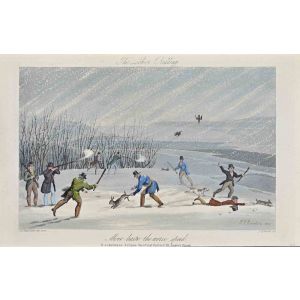
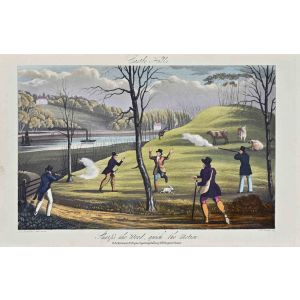
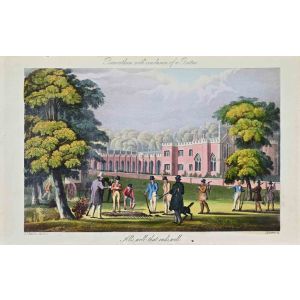
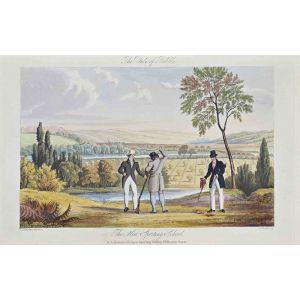
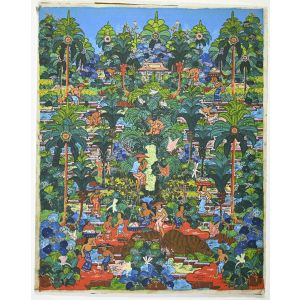
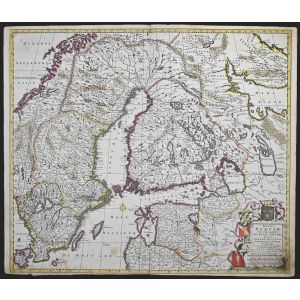
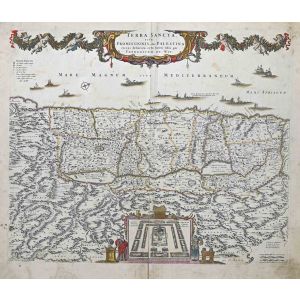

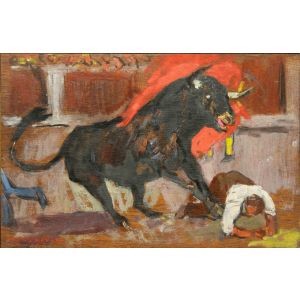
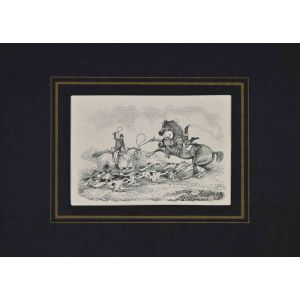
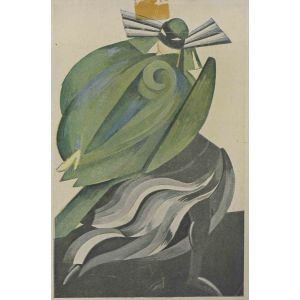
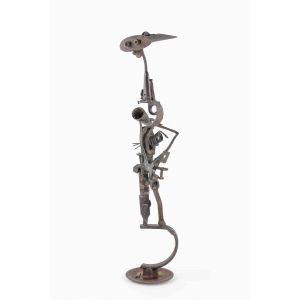
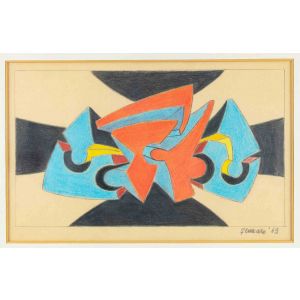
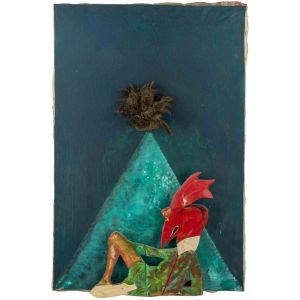
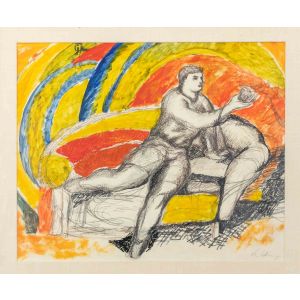

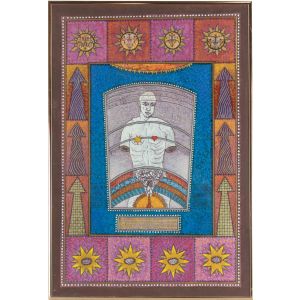
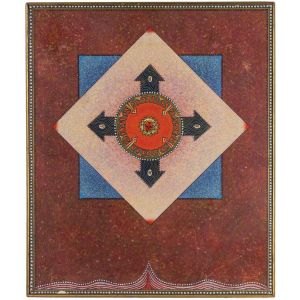
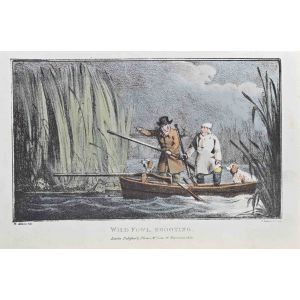



















Validate your login
Sign In
Create New Account